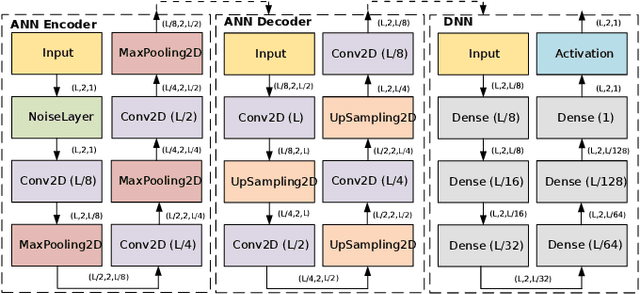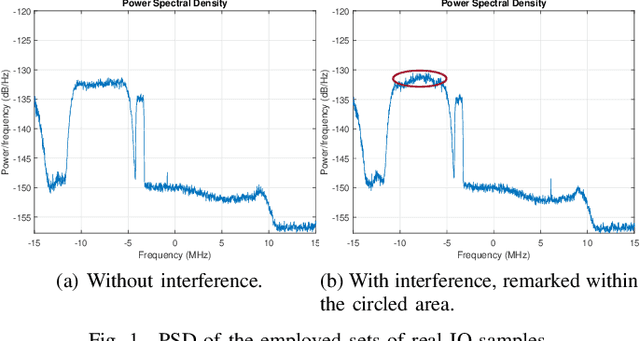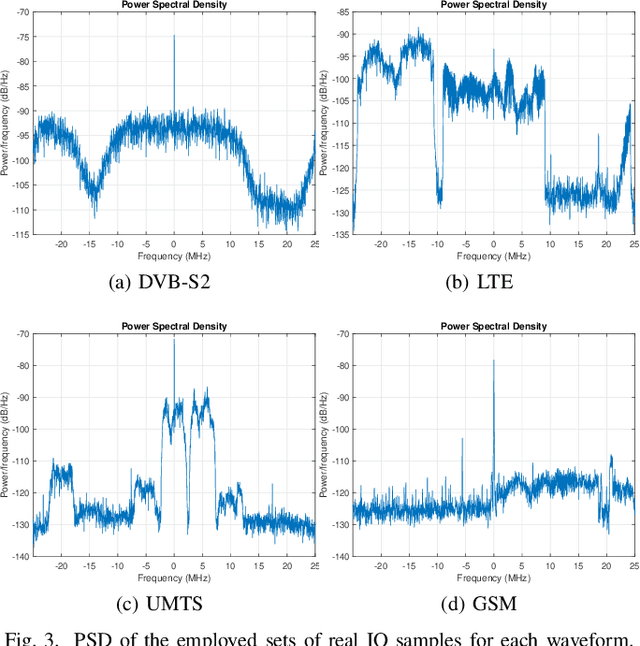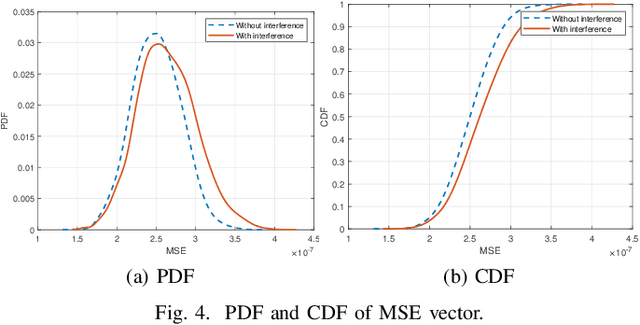Miguel Ángel Vázquez
On the Use of AI for Satellite Communications
Jul 15, 2020Abstract:This document presents an initial approach to the investigation and development of artificial intelligence (AI) mechanisms in satellite communication (SatCom) systems. We first introduce the nowadays SatCom operations which are strongly dependent on the human intervention. Along with those use cases, we present an initial way of automatizing some of those tasks and we show the key AI tools capable of dealing with those challenges. Finally, the long term AI developments in the SatCom sector is discussed.
Decoding 5G-NR Communications via Deep Learning
Jul 15, 2020



Abstract:Upcoming modern communications are based on 5G specifications and aim at providing solutions for novel vertical industries. One of the major changes of the physical layer is the use of Low-Density Parity-Check (LDPC) code for channel coding. Although LDPC codes introduce additional computational complexity compared with the previous generation, where Turbocodes where used, LDPC codes provide a reasonable trade-off in terms of complexity-Bit Error Rate (BER). In parallel to this, Deep Learning algorithms are experiencing a new revolution, specially to image and video processing. In this context, there are some approaches that can be exploited in radio communications. In this paper we propose to use Autoencoding Neural Networks (ANN) jointly with a Deep Neural Network (DNN) to construct Autoencoding Deep Neural Networks (ADNN) for demapping and decoding. The results will unveil that, for a particular BER target, $3$ dB less of Signal to Noise Ratio (SNR) is required, in Additive White Gaussian Noise (AWGN) channels.
Deep Learning For Experimental Hybrid Terrestrial and Satellite Interference Management
Jun 07, 2019



Abstract:Interference Management is a vast topic present in many disciplines. The majority of wireless standards suffer the drawback of interference intrusion and the network efficiency drop due to that. Traditionally, interference management has been addressed by proposing signal processing techniques that minimize their effects locally. However, the fast evolution of future communications makes difficult to adapt to new era. In this paper we propose the use of Deep Learning techniques to present a compact system for interference management. In particular, we describe two subsystems capable to detect the presence of interference, even in high Signal to Interference Ratio (SIR), and interference classification in several radio standards. Finally, we present results based on real signals captured from terrestrial and satellite networks and the conclusions unveil the courageous future of AI and wireless communications.
 Add to Chrome
Add to Chrome Add to Firefox
Add to Firefox Add to Edge
Add to Edge